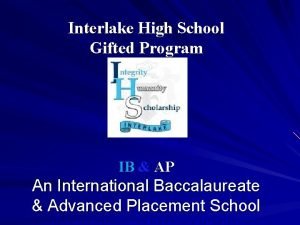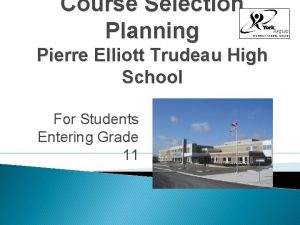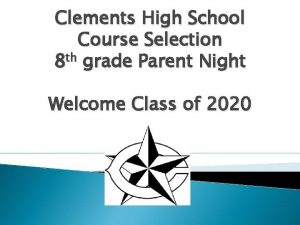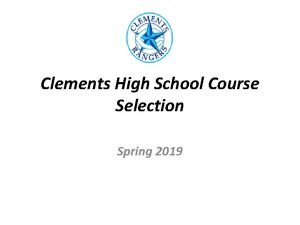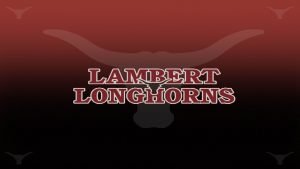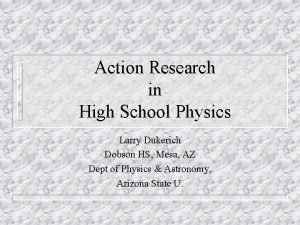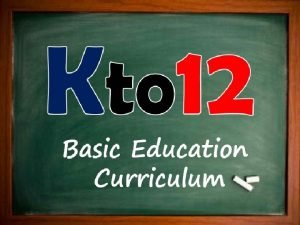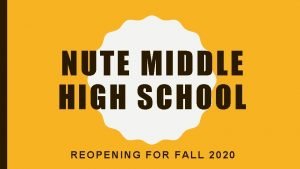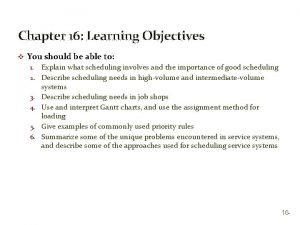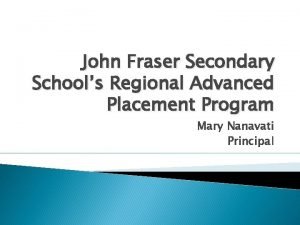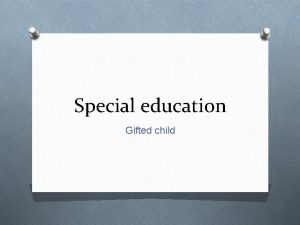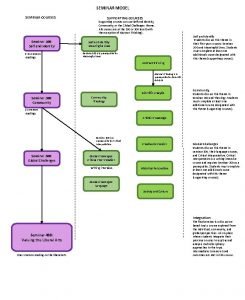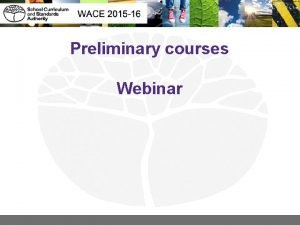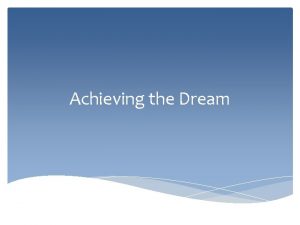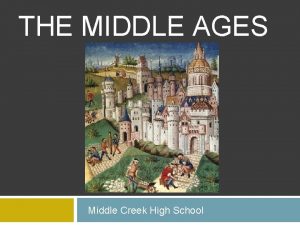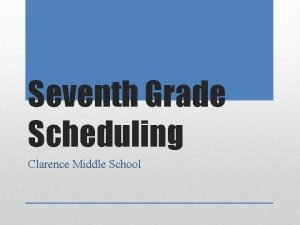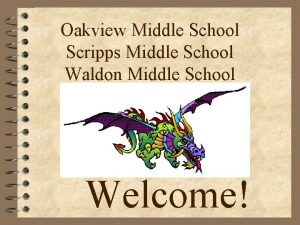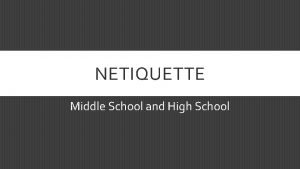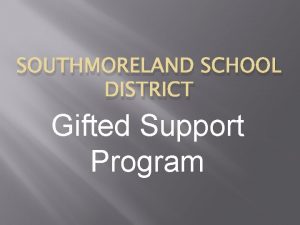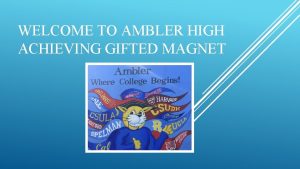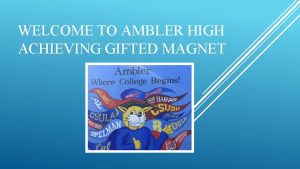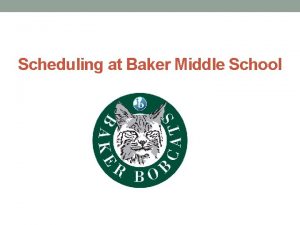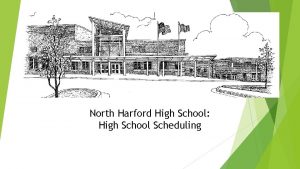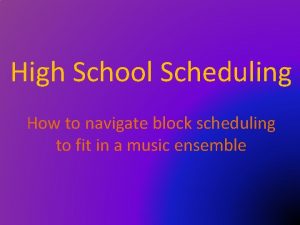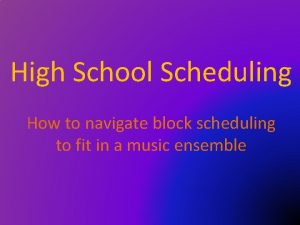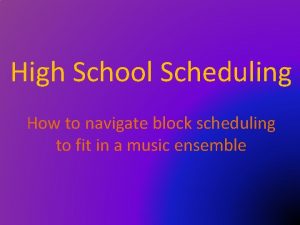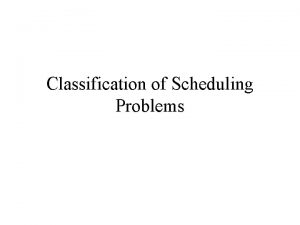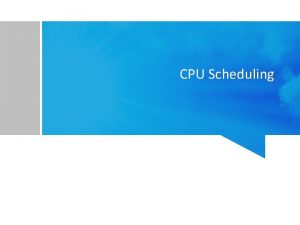Scheduling Courses for Gifted High Achieving Middle School




















- Slides: 20

Scheduling Courses for Gifted & High Achieving Middle School Students TROUP COUNTY SCHOOLS APRIL 21, 2016

Purpose � 1. To provide an overview of gifted/high achieving scheduling models offered in our middle schools during 2015 -2016 school year. � 2. To introduce proposed scheduling models for 2016 -2017 school year including service models recommended.

Traditional Gifted Service Model Definitions Advanced Content � Top 21 (25) students, whether identified gifted or not, according to rubric score � Taught by a gifted-endorsed teacher Cluster � Maximum number of Gifted Students (6 -8) � Remainder of the class comprised of heterogeneous group randomly assigned by computer � Taught by gifted-endorsed teacher � Contracts must be written for each gifted student � Gifted identified students who did not meet criteria to be placed in an AC class

What models are we currently using? o Pilot 8 th grade GNMS Math v Accelerated Math course instead of traditional Advanced Content class v Parent selection and permission o Advanced Content v o CMS , GNMS & LCMS: in all content areas and in all grades Cluster v v v CMS: 7 th grade Math; 6 th & 8 th grade Social Studies GNMS: 6 th grade ELA , Math & Science; 7 th grade ELA & Math; 8 th grade ELA LCMS: 6 th grade, 7 th grade & 8 th grade ELA & Math

Current Models by Numbers ELA AC CL Math Social Studies Science AC CL CMS 6 th Grade 7 th Grade 8 th Grade 1 1 1 0 0 0 1 1 1 1 0 0 0 GNMS 6 th Grade 7 th Grade 8 th Grade 2 2 2 1 1 1 2 2 Pilot ACC 1 1 0 1 1 2 0 0 0 2 2 2 1 0 0 LCMS 6 th Grade 7 th Grade 8 th Grade 2 2 2 1 1 1 2 2 2 0 0 0

Data from 8 th Grade Math Pilot � 8 th grade Pilot classes initially served 116 GNMS students for Accelerated Math. � After having 17 students drop the Accelerated Math class due to the rigor and pace of instruction, we currently have 99 students enrolled. � Academic performance to date indicates, 92 students passing and 7 students failing. � Current averages include the following: 38 students have an A average, 37 students have a B average, 17 students have a C average and 7 students are failing.

What Brings Us Here? After reviewing services in the fall, we vowed to do the following: �Explore scheduling models that meet the needs of all learners. �Consider providing opportunities for students to earn high school credits at the middle school level.

Forming a Stakeholders Committee � We reached out to parents, counselors, registrars, teachers, and administrators to discuss the needs of our gifted and high achieving learners. � We had 19 members who participated. The group consisted of 1 academic coach, 5 teachers, 6 parents, 3 principals, 2 registrars and 2 central administrators. � We held a series of 5 meetings on the following dates: v v v September 24, 2015 November 16, 2015 February 11, 2016 March 3, 2016 April 11, 2016

Math Proposal � After reviewing 3 options, the majority of the stakeholders indicated that they would like for TCSS to begin offering Accelerated Math classes at 6 th, 7 th, and 8 th grades. � Following this model, students who participate in the Accelerated Math courses during their 6 th, 7 th, and 8 th grade years and complete the required End of Course tests, will earn a high school credit prior to exiting middle school. � For Accelerated Math classes, parents will have the option of registering students for the class. Counselors will provide recommendations during scheduling based on 2016 GMAS scores.

Proposed Math Rubric for 2016 -17 No Rubric Parent Selection with School Guidance

ELA Proposal �All stakeholders polled indicated a preference that we continue with the current ELA model and offer Advanced Content classes. �Same model of services as this current year. �In addition, the committee agreed that we would continue to schedule the top performing 12% to 15% of students into AC classes.

Proposed ELA Rubric for 2016 -2017 Criteria 1 2 3 4 Spring 2016 GMAS Score Beginning Learner Range Developing Learner Range Proficient Learner Range Distinguished Learner Range Spring 2016 Lexile Score 25 th percentile or below 26 th to 50 th percentile 51 st to 75 th percentile 76 th percentile or above Teacher Recommendation Average of 1 point for academic performance and work habits Average of 2 points for academic performance and work habits. Average of 3 for academic performance and work habits. Average for 4 for academic performance and work habits. Total Possible Score 3 6 9 12

Science Proposal �For the 2016 -2017 school year, we will continue to offer Advanced Content Science classes in 6 th, 7 th, and 8 th grades. Classes will be scheduled to include the top performing students based on the rubric. �Same model of services as this current year. �After researching models offered in other counties, the stakeholders discussed the possibility of offering Accelerated Physical Science at the 8 th grade level giving the students the opportunity to earn a high school credit. �The majority of the stakeholders indicated that they would like to see this model utilized. �We will work to possibly begin this offering during the 2017 -2018 school year.

Proposed Science Rubric for 2016 -2017 Criteria 1 2 3 4 Spring 2016 GMAS Score (Score will be doubled) Beginning Learner Range Developing Learner Range Proficient Learner Range Distinguished Learner Range Teacher Recommendation Average of 1 point for academic performance and work habits Average of 2 points for academic performance and work habits. Average of 3 for academic performance and work habits. Average for 4 for academic performance and work habits. Total Possible Score 3 6 9 12

Social Studies Proposal �For the 2016 school year, we will continue to provide Advanced Content Social Studies classes as 6 th, 7 th, and 8 th grades. �Same model of services as this current year. �Classes will be scheduled to include the top performing students based on rubric scores.

Proposed Social Studies Rubric for 2016 -2017 Criteria 1 2 3 4 Spring 2016 GMAS Score (Score will be doubled) Beginning Learner Range Developing Learner Range Proficient Learner Range Distinguished Learner Range Teacher Recommendation Average of 1 point for academic performance and work habits Average of 2 points for academic performance and work habits. Average of 3 for academic performance and work habits. Average for 4 for academic performance and work habits. Total Possible Score 3 6 9 12

Proposed Teacher Recommendation Rubric Criteria 1 2 3 4 ACADEMIC PERFORMANCE (based on report card grades for 1 st, 2 nd, and 3 rd 9 weeks) Average below 70 Average 70 to 79 Average 80 to 89 Average 90 to 100 WORK HABITS Student rarely demonstrates selfmotivation, needs teacher support to finish tasks or find solutions when presented with a difficult problem, has difficulty remaining on task, and is frequently troubled by constructive feedback. Student sometimes demonstrates selfmotivation, usually finishes tasks or finds solutions when presented with a difficult problem with teacher encouragement, needs occasional reminders to stay engaged until a task is completed, and is sometimes troubled by constructive feedback. Student consistently demonstrates selfmotivation, finishes tasks or finds solutions when presented with a difficult problem, is engaged most of the time, and accepts constructive feedback without becoming defensive. Student continually demonstrates selfmotivation, pushes to finish task s or finds solution when presented with a difficult task, remains actively engaged until a task is competed, and accepts constructive feedback as a means of improving performance.

Utilizing the Teacher Recommendation Rubric �Each student will earn a score of 1 – 4 based on ACADEMIC PERFORMANCE for 1 st, 2 nd, and 3 rd 9 weeks using the average grade. �Each student will also receive a WORK HABITS score based on criteria outlined in the rubric. �These 2 scores will be averaged together to represent the final teacher recommendation score.

Example �If a student had a 92 for 1 st 9 weeks, 87 for the 2 nd 9 weeks and a 85 for the 3 rd 9 weeks, his average score would be 88 earning the student 3 points. �If the same student continually demonstrated desirable work habits as outlined on the rubric, he would earn a 4. �The sum of 3 + 4 would equal 7 and be divided by 2 to obtain the average score of 3. 5.

What’s Next �Continue to explore more high school credit opportunities for all students. �Continue to collaborate with our stakeholders to ensure we are providing rigorous instruction for our gifted and high achieving students.
 Bell high school gifted program
Bell high school gifted program Interlake high school
Interlake high school Pierre elliott trudeau high school
Pierre elliott trudeau high school Pierre elliott trudeau high school courses
Pierre elliott trudeau high school courses Clements high school course selection
Clements high school course selection Clements high school course selection
Clements high school course selection Lambert high school counselors
Lambert high school counselors Science courses high school
Science courses high school Shs subjects
Shs subjects Unionville high school course selection guide
Unionville high school course selection guide Allen high school arena scheduling
Allen high school arena scheduling Job scheduling vs process scheduling
Job scheduling vs process scheduling Gifted and talented learners in the philippines
Gifted and talented learners in the philippines Midvale school for the gifted
Midvale school for the gifted The anderson school gifted and talented nyc
The anderson school gifted and talented nyc Middle creek high school band
Middle creek high school band Nute middle high school
Nute middle high school Cyber high courses
Cyber high courses Scheduling ahead from a point in time.
Scheduling ahead from a point in time. John fraser ap program
John fraser ap program Crescenta valley high school summer school
Crescenta valley high school summer school

